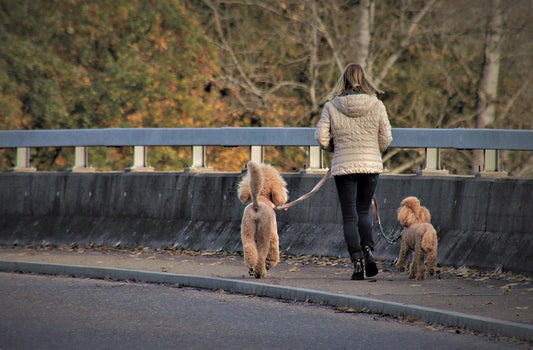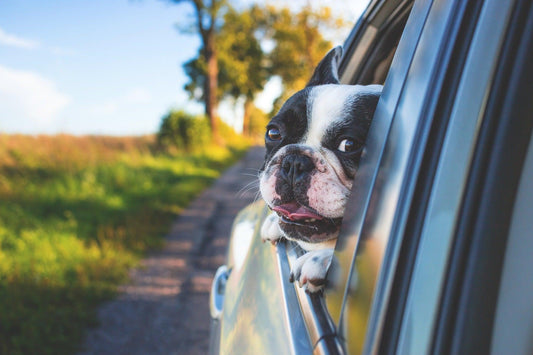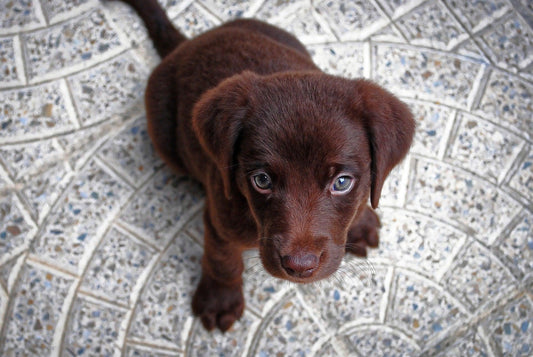The Labradoodle is a relatively new dog breed that originated from the crossing of a Labrador Retriever and a Poodle. This breed is known for its friendly disposition, intelligent personality and soft coat.
History
The Labradoodle breed originated in Australia in the 1980s. The intention was to breed a hypoallergenic guide dog for people with an allergy to dog hair. The first cross was made by Wally Conron, who was working for the Royal Guide Dogs Association of Australia at the time. Conron crossed a Labrador Retriever with a Poodle to get a dog with the intelligence of a Poodle and the friendly nature of a Labrador Retriever. The result was a dog with a wavy, non-shedding coat suitable for allergy sufferers.
The Labradoodle has now become a popular dog breed all over the world, both as a companion dog and as a guide dog.
Character
The Labradoodle is a friendly, affectionate and intelligent dog. They are very loyal to their owners and love to spend time with them. Because of their intelligence and eagerness to learn, they are also relatively easy to train. This breed is generally good with children and other pets, but it is important to socialize the Labradoodle from an early age.
Because the Labradoodle comes from two different breeds, the dog's character can vary slightly. In general, Labradoodles are sociable and friendly, but some can be a bit more shy or reserved. Other Labradoodles are very playful and have a lot of energy. It is important to get to know each individual dog's character before adopting one.
Health
Labradoodles are generally healthy dogs, but like any other breed, they can suffer from certain health conditions. A common problem in Labradoodles is hip dysplasia, a condition where the hip joint is not developed properly. Labradoodles can also suffer from eye problems, such as progressive retinal atrophy and cataracts.
To keep your Labradoodle healthy, it's important to see your vet regularly for checkups and vaccinations. In addition, it is important to give your Labradoodle a healthy diet and plenty of exercise.
Care
The Labradoodle's coat can have different textures depending on the generation. F1 Labradoodles have a wavy or curly coat, while F1B Labradoodles have a more curly coat. Because the Labradoodle's coat is non-shedding, your dog may require more grooming than a dog with a normal coat. It is important to brush the coat regularly to prevent tangles and to keep the coat in good condition.
The frequency of brushing will depend on your Labradoodle's coat. If your dog has a curly coat, it is recommended to brush the coat a few times a week to prevent tangles. If your dog has a wavy coat, a weekly brushing is often sufficient. It's also important to trim your Labradoodle's coat from time to time to prevent the coat from getting too long and tangled.
In addition to brushing the coat, it's important to keep your Labradoodle's ears clean. Because Labradoodles' ears are pendulous, they can be prone to infection. It is recommended to clean your dog's ears regularly with a soft cloth or special ear cleaners. It's also important to keep your Labradoodle's nails trimmed to prevent them from growing too long and causing discomfort when walking.




